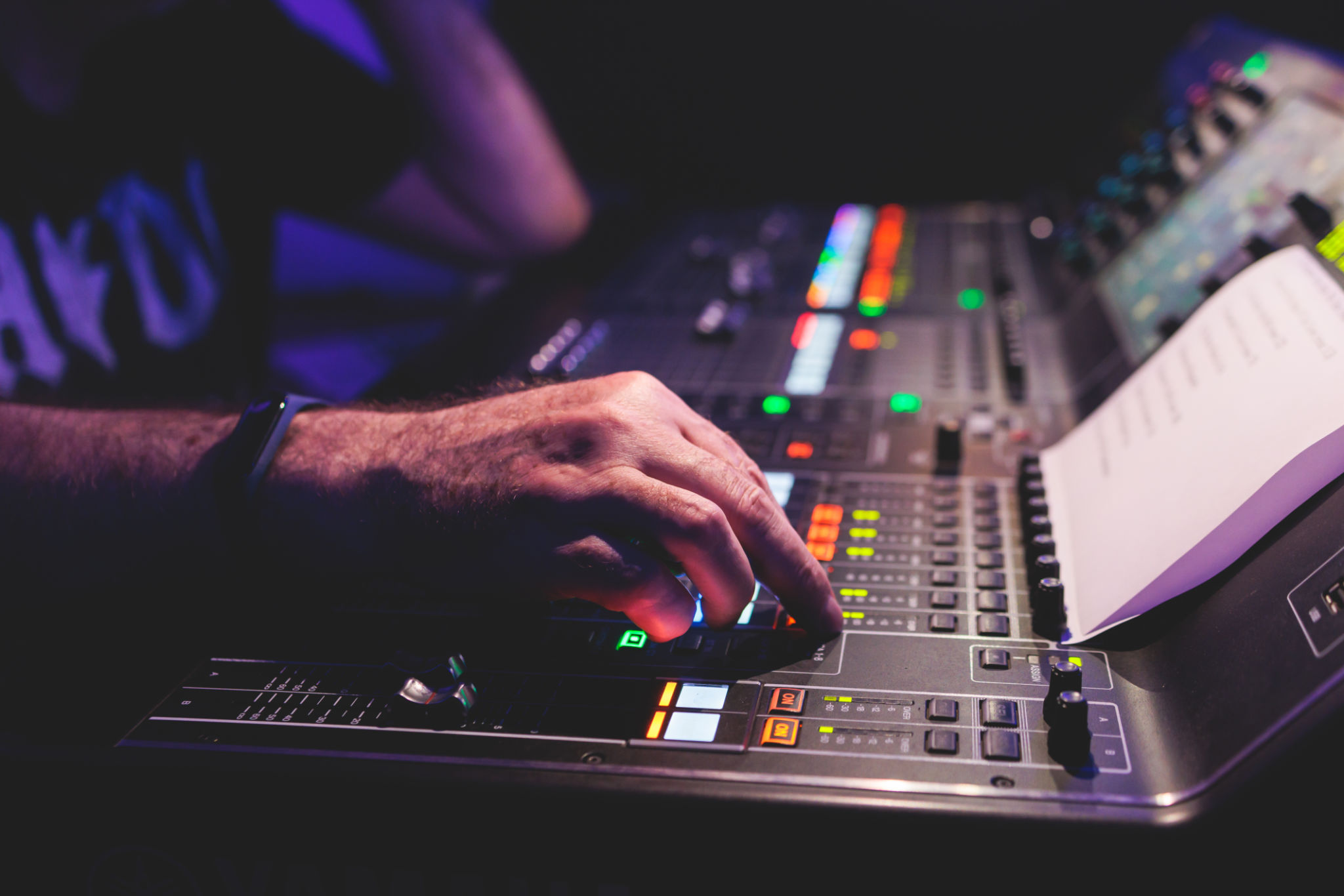The Ultimate Guide to Audio Production for Beginners
Understanding Audio Production Basics
Audio production is a fascinating field that combines technical skills with creative flair to produce soundtracks, podcasts, music, and more. Whether you're interested in creating your own music or exploring the world of podcasting, understanding the basics of audio production is essential. In this guide, we'll explore the fundamental elements that every beginner should know.

Essential Equipment for Beginners
To get started with audio production, you'll need some basic equipment. While you don't need to invest in high-end gear right away, having the right tools can make a significant difference. Here's a list of essential equipment for beginners:
- Computer: A reliable computer is necessary for running your Digital Audio Workstation (DAW).
- Digital Audio Workstation (DAW): Software like Ableton Live, FL Studio, or GarageBand provides the platform for recording and editing audio.
- Audio Interface: This device connects your instruments and microphones to your computer.
- Microphones: Depending on your needs, you might require different types, like dynamic or condenser mics.
- Headphones: A good pair of headphones is crucial for monitoring your audio accurately.
The Role of Acoustics
Acoustics play a pivotal role in audio production. Understanding how sound behaves in a space can help you create better recordings. The room where you record and mix your audio should have minimal echo and noise. Consider using acoustic panels or foam to improve sound quality.

Recording Techniques
Recording is an art in itself. To capture high-quality audio, you need to understand various recording techniques. Here are some tips:
- Positioning: Placement of microphones can significantly impact sound quality. Experiment with different positions to find the best sound.
- Gain Staging: Ensure your audio levels are set correctly to avoid distortion.
- Layering Tracks: Recording multiple layers can add depth and richness to your audio.
Editing and Mixing
Once you've recorded your audio, the next step is editing and mixing. This process involves fine-tuning your recordings to achieve the desired sound. Key elements of editing include cutting, trimming, and arranging clips. Mixing involves balancing levels, adding effects like reverb or delay, and ensuring each track sits well in the mix.

Mastering Your Audio
Mastering is the final step in audio production. It involves polishing the mixed audio to ensure it sounds cohesive and professional across all playback systems. This stage may include adjusting loudness levels, equalization, and compression. Mastering ensures that your final product is ready for distribution.
Tips for Continuous Learning
The world of audio production is constantly evolving with new technologies and techniques. To stay updated and improve your skills, consider the following:
- Tutorials: Online tutorials can provide valuable insights into new tools and methods.
- Forums: Join audio production forums to connect with other enthusiasts and professionals.
- Workshops and Courses: Enroll in courses that offer hands-on experience and expert guidance.
The Creative Aspect of Audio Production
Apart from technical skills, creativity plays a significant role in audio production. Experiment with different sounds, effects, and techniques to develop your unique style. Don't hesitate to push boundaries and explore unconventional methods.

By understanding these fundamentals, you'll be well-equipped to embark on your audio production journey. Remember, practice makes perfect, so keep experimenting and refining your skills to create high-quality audio productions.
